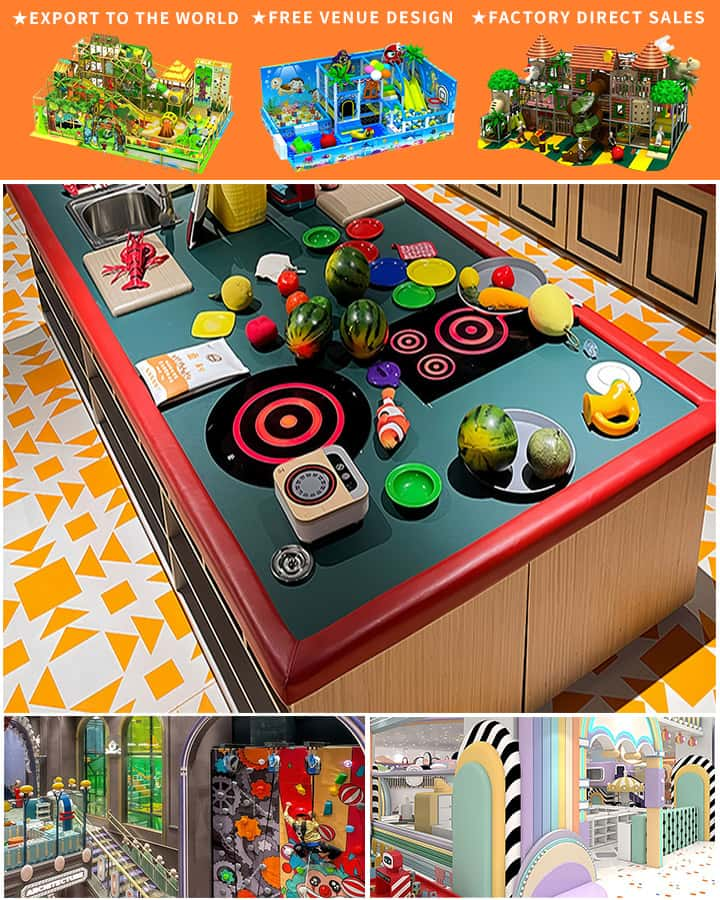Basements often serve as underutilized spaces within our homes, primarily acting as storage areas or laundry rooms. However, with a little creativity and planning, your basement can be transformed into an exciting indoor playground perfect for children of all ages. This article explores some innovative and practical ideas to turn your basement into a fun-filled haven.
1. Multipurpose Furniture
One of the first steps in designing an indoor playground is selecting multipurpose furniture that maximizes space while providing various play opportunities. Consider installing foldable wall beds or sofa beds to save floor space during the day, turning it into more room for activities. Additionally, modular seating can be rearranged to create different play zones, whether for building forts, reading, or watching movies.
2. Climbing Walls and Ropes
Climbing walls and ropes are fantastic additions for an active indoor playground. They promote physical activity, improve motor skills, and offer a great alternative to outdoor play when weather conditions aren’t favorable. You can either install a professional climbing wall or create a DIY version using plywood, ropes, and holds. Ensure safety by adding mats and adequate supervision.

3. Slides and Ball Pits
A basement slide can become the centerpiece of your indoor playground, providing endless giggles and excitement for kids. You can purchase commercially available slides designed for home use or craft a custom one from materials like plywood. Complement the slide with a ball pit filled with colorful plastic balls, which not only adds visual appeal but also enhances gross motor development as children climb in and out.
4. Educational Spaces
Incorporating educational elements into your indoor playground can make learning fun and engaging. Designate a corner for arts and crafts, complete with tables, chairs, and storage bins for supplies. Another idea is to create a small library nook with bookshelves filled with age-appropriate literature, encouraging a love for reading. Interactive elements such as a chalkboard wall or magnetic boards can foster creativity and imagination.
5. Sensory Play Area
Sensory play is crucial for developing cognitive and motor skills. Create a sensory play area with items like sand tables, water tables, or even a mini indoor sandbox. Fill them with natural materials such as sand, rice, or beans, where children can explore textures and practice fine motor skills. Ensure these areas are easy to clean and maintain for hygiene.
6. Themed Zones
To make the indoor playground more engaging, divide the basement into different themed zones. For example, create a space-themed area with stars and planets painted on the walls, a pirate cove with netting and treasure chests, or a fairy tale kingdom complete with castles and enchanted forests. Each theme can be enhanced with appropriate decorations, costumes, and toys related to the theme.
7. Safety First
Safety should always be a priority when designing an indoor playground. Ensure that flooring is soft and cushioned to prevent injuries from falls. Install proper lighting and ventilation to keep the space comfortable and safe. Use non-toxic, child-friendly materials for all installations, and regularly inspect equipment for wear and tear.
Conclusion
By implementing these innovative ideas, you can transform your basement into a dynamic indoor playground that encourages physical activity, creativity, and learning. Whether your children are toddlers or school-aged, this space will provide endless entertainment and growth opportunities right at home. So roll up your sleeves, get creative, and watch as your basement comes alive with fun and adventure!




